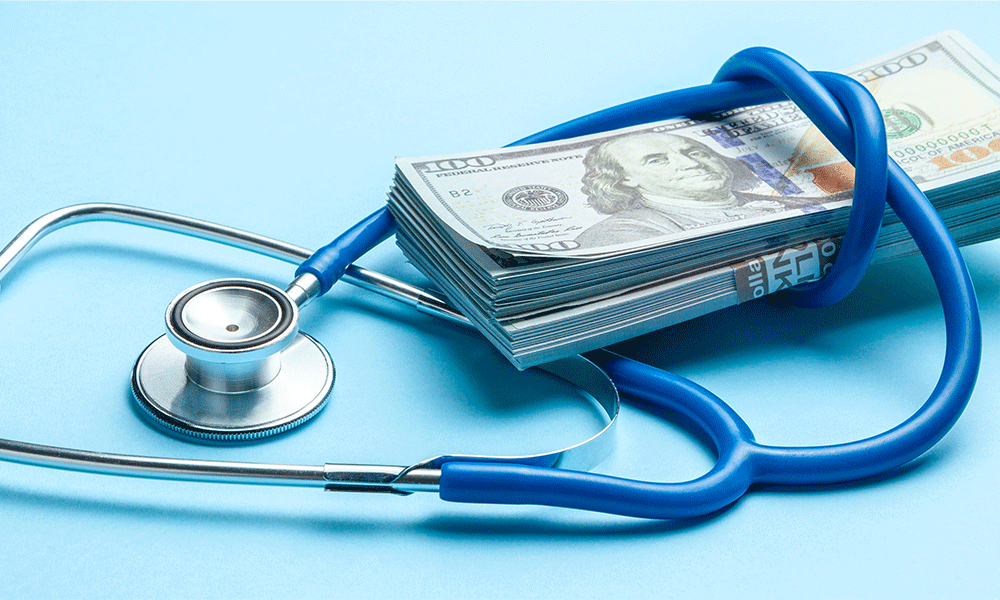Article
Who holds medical debt in the U.S.?
Author(s):
A study of pre-pandemic care debt found that nearly 20 percent of American have medical debt.

With the COVID-19 pandemic seeing thousands of Americans hospitalized, the future will surely be full of medical debt but many in the country are already dealing with debt from pre-pandemic care.
A study appearing in JAMA examined medical debt in collections from a nationally representative 10 percent panel of consumer credit reports between January 2009 and June 2020. It found that in June 2020, 17.8 percent of Americans had medical debt, with 13 percent accruing the debt in the previous year, and the mean amount of debt was $429, with $311 in debt accrued the previous year.
The southern U.S. had the highest mean amount of medical debt with $616, while the northeast had the least with a mean of $167; a difference of $448. It was also higher in poorer zip codes, $677, than richer ones, $126; a difference of $551, according to the study.
Expansion of Medicaid seems to have an impact on medical debt as between 2013 and 2020 states which expanded access saw a decline in the mean flow of medical debt 34 percent higher, from $330 5o $175, than the states that did not expand access, from $613 to $550. In states which expanded Medicaid the gap in the mean flow of medical debt between the richest and poorest zip codes fell $145, while it rose $218 in states that did not expand, the study says.
This baseline of medical debt will surely be exacerbated by the medical bills associated with the COVID-19 pandemic.
As previously reported, a survey of nearly 5,500 adults found that nearly half of the respondents reported they had been directly affected by the pandemic by either catching COVID-19, losing income, or losing employer coverage. A further six percent of working-age respondents say they lost their employer health insurance because of job loss tied to the COVID-19 pandemic. Of these respondents, 67 percent reported they gained other health coverage.
About 38 percent of respondents reported having a medical bill problem or were paying off medical debts. Among uninsured respondents, 50 percent reported having a bill problem or medical debts, compared to 36 percent of insured respondents. Those respondents directly affected by the pandemic reported problems with billing and medical debt at higher rates than those not directly affected by COVID-19, according to the survey.





